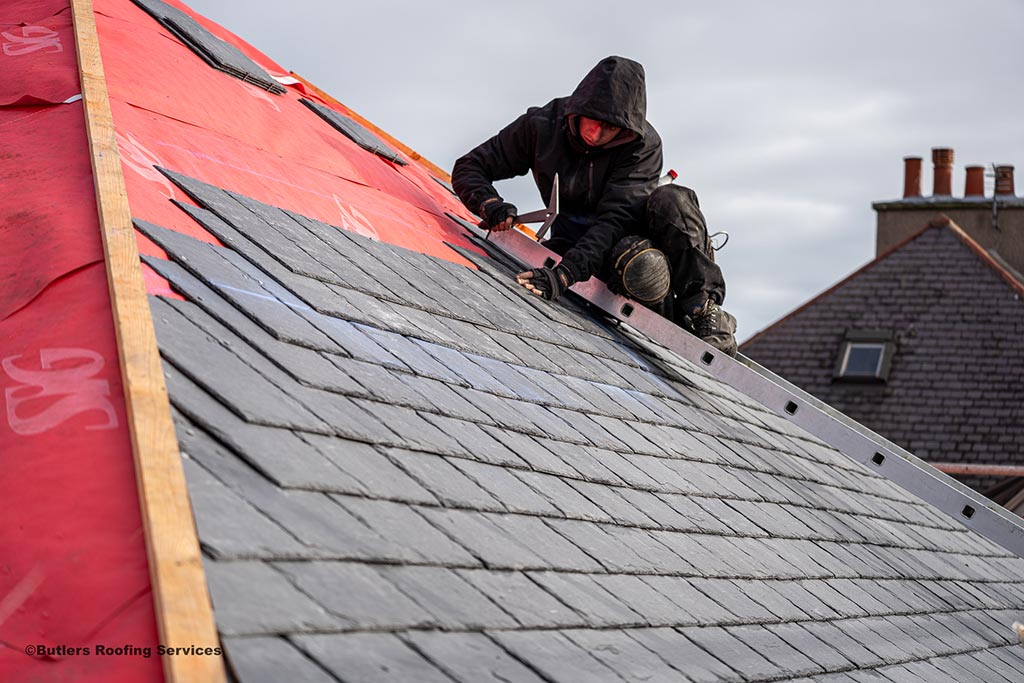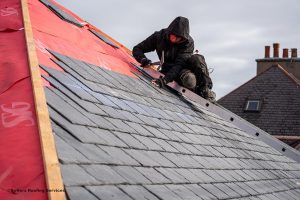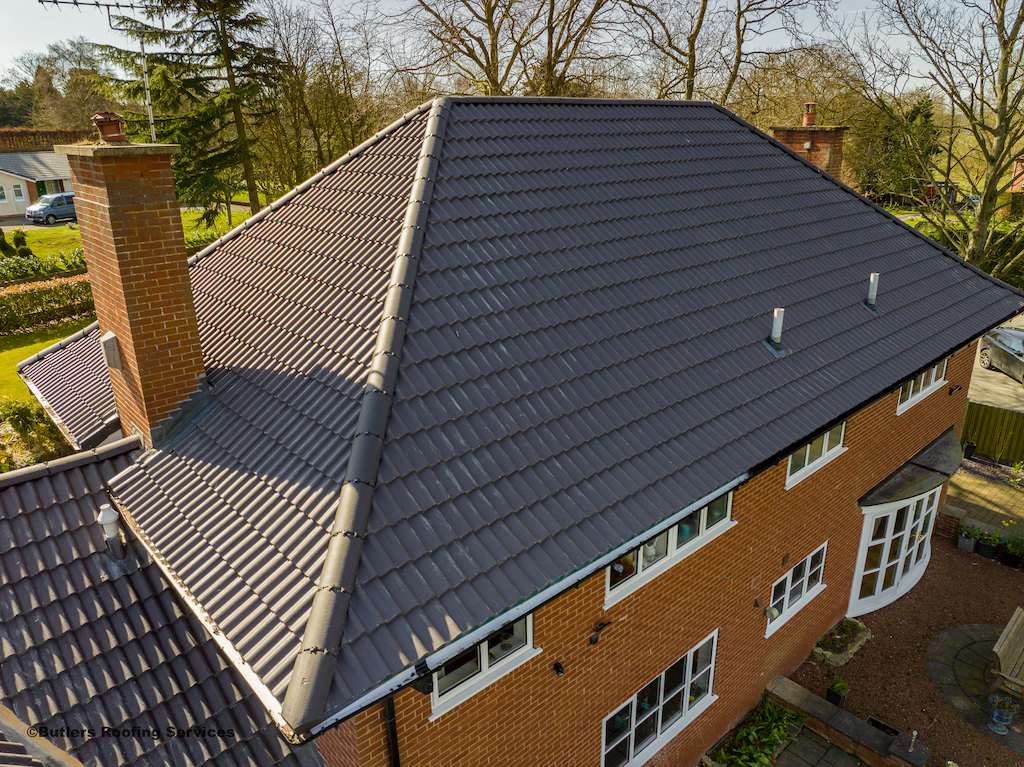Last week, the UK was battered by Storm Floris, one of the most intense summer storms in recent memory. Gusts of wind reached over 80mph in some parts, causing widespread power outages affecting more than 50,000 homes. Multiple rail disruptions due to fallen trees added to the chaos, and significant damage was reported to both residential and commercial properties. This storm reminds us how vulnerable buildings are to severe weather and why quick storm damage restoration UK is vital to protect your safety and property value.
If your home or business suffered during Floris, knowing what to do next and working with experienced professionals can help you recover swiftly and thoroughly.
Understanding Storm Damage
Types of Storm Damage
Storm Floris brought a mix of destructive forces. High winds lifted and displaced roofing tiles, damaged siding, and tore away gutters. Though hail was less of a factor this time, it can crack and chip roofing materials and exterior surfaces during storms.
Intense rainfall caused flooding and water infiltration, seeping through compromised roofs and walls. Lightning strikes, while rarer, can cause electrical faults or fires. Fallen trees and debris also led to significant structural damage in many areas.
Common Affected Areas
Storms often hit these parts hardest:
- Roof systems (shingles, flashing, vents)
- Exterior walls and siding
Windows and doors - Gutters and downspouts
- Foundations and basements
- Landscaping and outdoor structures
Damage to any of these can affect your property’s safety and value.
Initial Response and Assessment
Emergency Measures
Safety comes first after a storm. Avoid walking near loose tiles, downed power lines, or hanging branches.
Temporary tarping protects exposed roof areas from more rain damage. Quick water extraction helps prevent damp worsening inside the property. Securing your property protects it from vandalism or further weather exposure.
Don’t forget to document all damage with photographs and notes, as this supports insurance claims and repair planning. Talk to your emergency roofing contractors for more info on this.
Professional Damage Assessment
We can spot both visible and hidden issues by conducting detailed roof inspections, checking structural integrity for damaged beams or supports, and map water infiltration to locate damp areas.
Restoration Process Framework
Pre-Restoration Planning
A good restoration starts with planning. This means prioritising critical repairs, setting clear timelines, and managing resources well.
Working with insurance providers early helps make sure the work is covered and approvals are secured.
Debris Removal and Cleanup
Clearing debris safely keeps the restoration on track. Hazardous materials need careful handling, and salvageable materials can sometimes be reused.
Following environmental guidelines minimises impact, and using the right equipment makes the job efficient and safe.
Structural Repairs
Depending on the damage, foundation stabilisation may be needed to prevent long-term issues. Walls and support beams must be restored to keep the building sound.
Roof systems often need tiles, flashing, and vents rebuilt. Damaged windows and doors get replaced, and chimneys or vents repaired to keep ventilation and safety intact.
Water Damage Mitigation
Water removal is critical. Extraction equipment, drying fans, and dehumidifiers reduce moisture to prevent mould.
Moisture monitoring tracks drying progress, showing when it’s safe to restore interiors. Preventative steps help stop mould and rot from returning.
Finishing Touches
Once structure and water issues are handled, interior finishes like drywall, flooring, and paint are restored. Exterior work includes weatherproofing and landscape repairs to bring your property back to its best.
Final inspections check quality, and maintenance advice helps keep your home or business ready for the future.
Specialised Restoration Areas
Roof Restoration
Repairs include replacing damaged shingles or tiles, fixing flashing and valleys to stop leaks, and restoring ventilation systems. Installing underlayment adds extra protection. Preventative measures are recommended to help roofs withstand future storms.
Gutter and Drainage Systems
Gutters and downspouts are repaired or replaced to ensure water flows away properly. Improvements like drainage enhancements and leaf protection systems reduce maintenance and protect your property.
Structural Waterproofing
Sealing foundations and waterproofing basements stops water ingress. Crawlspace encapsulation prevents moisture buildup under floors. Exterior drainage and long-term water management systems protect against future flooding.
Insurance and Financial Considerations
Insurance Claim Management
Strong documentation is key to successful claims. Photos and detailed reports help when working with loss adjusters. Supplement claims cover unexpected repairs. Negotiation with insurers aims for a fair settlement.
Financial Planning for Restoration
Know your policy limits, as some costs might come out of pocket. Financing options can help cover uninsured expenses. Weigh the cost of restoration against replacement to make smart choices. Tax implications may also affect your overall costs.
Professional Restoration Services
Selecting a Restoration Team
We are certified, licensed, and experienced in storm damage restoration across the UK. Our modern equipment and quick response times mean you get reliable service when it matters most.
Service Delivery Models
We offer a full-service approach, from emergency fixes to final repairs, managing every step with care and quality. This reduces hassle and ensures lasting results.
Long-term Considerations
Preventative Measures
Upgrading structures, roofing systems, and water management helps protect your property. Landscaping for storm defence and regular maintenance reduce future risks.
Future-Proofing Properties
Staying up to date with building codes and adapting to changing weather keeps your property resilient. Advanced materials and regular insurance reviews prepare you for what’s next.
Storm Floris caused real damage across the UK. If your home or business was affected, we have the experience and skills to fix it right, quickly and properly.
Get in touch with us today to protect your property before the next storm hits. You can receive a quote or email us at info@butlersroofing.com. Alternatively, call us:
Leeds: 01224 953 188
Aberdeen: 0113 337 2213
FAQs
What is storm damage restoration?
It’s the process of assessing, repairing, and securing properties after storm damage, including roofs, water issues, and structural repairs.
How quickly should I seek emergency storm damage restoration?
As soon as possible after the storm to prevent further damage like water ingress or structural weakening.
Will my insurance cover residential storm damage restoration?
Most home insurance policies cover storm damage, but always check your own policy and document damage thoroughly.
What’s different about commercial storm damage restoration?
Commercial work is often larger in scale, uses different materials, and focuses on reducing business downtime.








